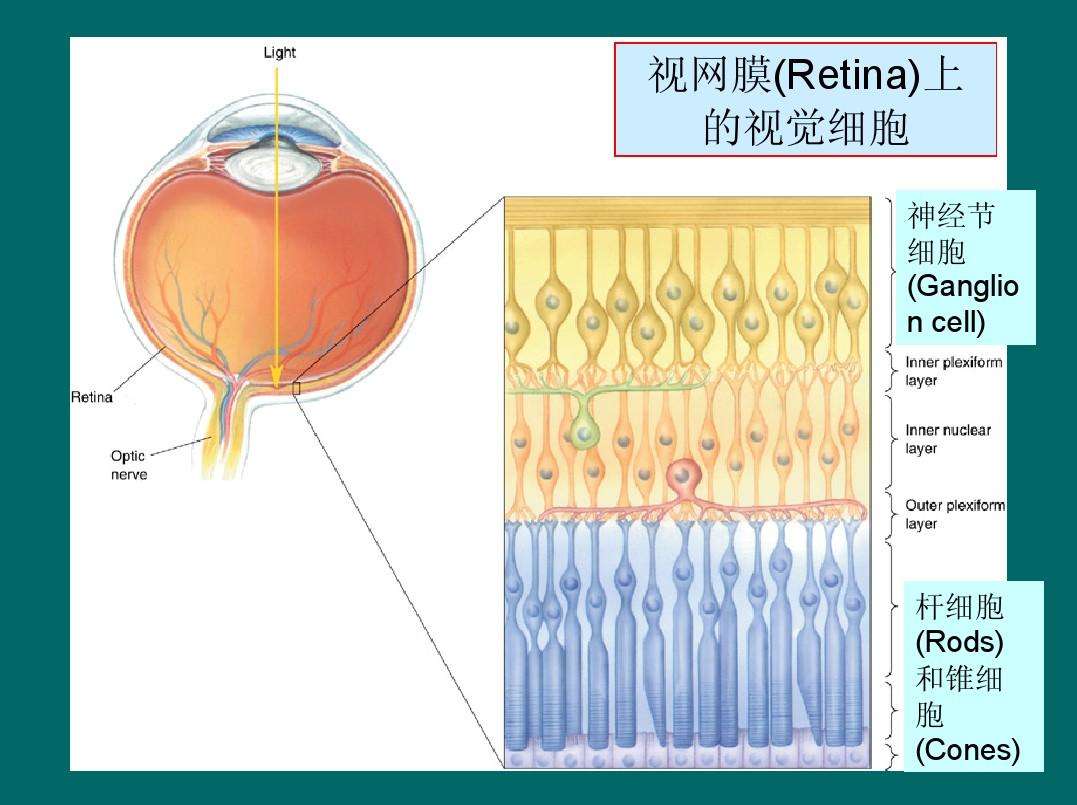创新背景
色盲是由几种基因中的一种致病变异引起的。它影响视锥细胞,视锥细胞(和视杆细胞)是眼睛中两种类型的感光细胞之一。视锥细胞负责色彩视觉,因此色盲患者是完全的色盲,同时他们的整体视力也很差,对强光感到不舒服(畏光症)。它们的锥体细胞不向大脑发送信号,但许多仍然存在,因此研究人员一直在寻求激活休眠细胞。
创新过程
这项由学术主导的研究一直在进行一项针对色盲儿童的1/2期临床试验,研究人员使用一种新方法来测试治疗是否改变了视锥细胞特异性的神经通路。
这项研究涉及4名10到15岁的色盲年轻人,他们参加了由伦敦大学学院和Moorfields眼科医院的James Bainbridge教授领导的两项试验,MeiraGTx-Janssen制药公司赞助。

这两项试验正在测试针对已知与色盲有关的特定基因的基因疗法(这两项试验都针对不同的基因)。他们的主要目的是测试治疗的安全性,同时也测试改善视力的效果。他们的结果还没有完全汇编,因此治疗的总体效果仍有待确定。
应用学术研究的同时,研究使用了一种新的功能性磁共振成像(fMRI,一种脑扫描)映射方法,将治疗后出现的锥信号与患者已有的杆状驱动信号分离开来,使研究人员可以直接将治疗后视觉功能的任何变化精确定位到目标锥光感受器系统。他们采用了一种“无声替代”技术,用成对的光选择性地刺激视锥细胞或视杆细胞。研究人员还必须调整他们的方法,以适应眼球震颤(不自主的眼睛振荡,或“跳舞的眼睛”),这是色盲的另一种症状。结果与9名未接受治疗的患者和28名视力正常的志愿者的测试结果进行了比较。

这四个孩子中的每一个都在一只眼睛上进行了基因治疗,使医生能够比较治疗方法与未治疗的那只眼睛的效果。
4个孩子中的2个,在治疗6到14个月后,有强有力的证据表明,接受治疗的眼睛的大脑视觉皮层中有锥介导信号。在治疗前,患者在任何测试中都没有显示锥体功能的证据。治疗后,他们的测量结果与视力正常的研究参与者非常相似。
研究参与者还完成了一项视锥功能的心理物理测试,该测试评估了眼睛区分不同对比度水平的能力。结果显示,在接受治疗的两个儿童的眼睛中,锥体支撑视力存在差异。
研究人员表示,他们无法确定治疗对另外两名研究参与者是否无效,或者是否存在他们使用的测试没有检测到的治疗效果,或者是否有延迟的效果。
研究人员仍在分析两项临床试验的结果,观察这种基因疗法是否能有效改善色盲患者的日常视力。
创新关键点
应用学术研究的同时,研究使用了一种新的功能性磁共振成像(fMRI,一种脑扫描)映射方法,将治疗后出现的锥信号与患者已有的杆状驱动信号分离开来,使研究人员可以直接将治疗后视觉功能的任何变化精确定位到目标锥光感受器系统。他们采用了一种“无声替代”技术,用成对的光选择性地刺激视锥细胞或视杆细胞。
创新价值
基因疗法的这一创新应用让人们看到了希望:利用青少年大脑发育过程中的可塑性,这种疗法有效地激活了视网膜和大脑之间此前休眠的通信通路。
这项研究首次直接证实了广泛的猜测,即为儿童和青少年提供的基因疗法可以成功激活休眠的视锥光感受器通路,唤起这些患者以前从未体验过的视觉信号;同时,这项研究展示了利用大脑可塑性的潜力,当人们年轻时,大脑可能特别能够适应治疗效果。
Innovative application of gene therapy to restore function of retinal cone receptors
The academically led study, which has been conducting a phase 1/2 clinical trial in colorblind children, used a novel approach to test whether the treatment altered cone specific neural pathways.
The study involved four colour-blind young people aged 10 to 15 taking part in two trials led by Professor James Bainbridge of University College London and Moorfields Eye Hospital and sponsored by MeiragTX-Janssen Pharmaceuticals.
The two trials are testing gene therapies that target specific genes known to be involved in color blindness (both trials target different genes). Their main aim was to test the safety of the treatment, but also to test the effect of improving vision. Their results have not been fully compiled, so the overall effect of treatment remains to be determined.
Application of academic research at the same time, the study used a new functional magnetic resonance imaging (fMRI, a brain scan) mapping method, the cone signals and patients after treatment of the existing rod drive signal separation, the researchers can directly to the visual function after treatment accurate location of any changes to the target system of cone photoreceptors. They used a "silent substitution" technique in which pairs of light were used to selectively stimulate cones or rods. The researchers also had to adapt their methods to accommodate nystagmus (involuntary eye oscillations, or "dancing eyes"), which is another symptom of color blindness. The results were compared with those of nine untreated patients and 28 volunteers with normal vision.
Each of the four children had gene therapy on one eye, allowing doctors to compare the treatment to the untreated eye.
In two of the four children, between six and 14 months after treatment, there was strong evidence of cone-mediated signals in the visual cortex of the brain in the treated eyes. Before treatment, the patient showed no evidence of pyramidal function in any of the tests. After treatment, their measurements were very similar to those of study participants with normal vision.
Study participants also completed a psychophysical test of cone function, which assesses the eye's ability to distinguish between different contrast levels. The results showed differences in cone support vision in the eyes of the two treated children.
The researchers said they could not determine if the treatment was ineffective in the other two study participants, or if there was a treatment effect that was not detected by the test they used, or if there was a delayed effect.
Researchers are still analyzing the results of two clinical trials to see if the gene therapy is effective in improving everyday vision in colorblind patients.
智能推荐
新研究发现重度哮喘患者尿液中肉碱含量更少
2022-08-07研究团队通过分析来自11个国家的600多名参与者的尿液样本发现,与健康人群或中轻度哮喘患者相比,重度哮喘患者的尿液中的肉碱含量更少,这一发现将有助于研究人员为哮喘病人提供新的、更有效的治疗方法,成为哮喘干预措施的新目标。
涉及学科涉及领域研究方向靶向tau可减轻肌萎缩侧索硬化症中的线粒体碎裂
2022-06-28麻省总医院神经退行性疾病研究所 Healey ALS 中心的神经遗传学实验室主任 Ghazaleh Sadri-Vakili 博士和她的同事研究了这种异常 tau 蛋白与 DRP1 之间的相互作用是否也会促进渐冻症的线粒体功能障碍,以及减少 tau 蛋白是否可以成为对抗渐冻症的一种新的治疗方法。该研究提供了对肌萎缩侧索硬化症(ALS)既渐冻症发病背后机制的更好理解,并指出了潜在的治疗策略。
涉及学科涉及领域研究方向计算机图像分析确定了使人衰弱的肺部疾病的新亚型
2022-08-01伦敦大学学院的科学家们使用基于计算机的成像分析来识别特发性肺纤维化(IPF)患者肺部损伤的新模式,为一种以前未知的、限制生命的肺部疾病亚型提供了第一个证据。
涉及学科涉及领域研究方向创新将磁铁植入眼后可治疗眼球震颤
2022-08-22一个研究小组已经成功地使用植入人眼睛后面的磁铁来治疗眼球震颤,这是一种以不自主眼球运动为特征的疾病。
涉及学科涉及领域研究方向